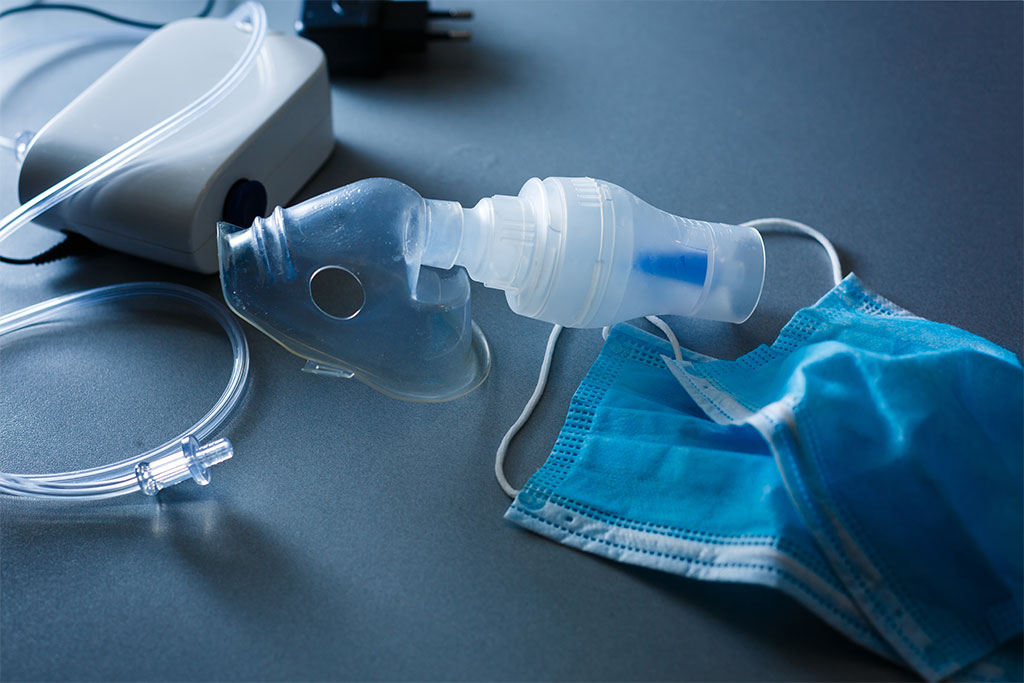
Respiratory infections can be transmitted via droplets expelled when an infectious person coughs, sneezes, talks, and breathes. These droplets can be classified according to size, with the World Health Organization (WHO) defining particles 5-10μm in diameter as droplets and particles less than 5μm as droplet nuclei. The classification of droplet size has important implications for how an infection may be spread and the most appropriate precautions to prevent transmission.
Due to their small size, droplet nuclei can remain suspended in the air for prolonged periods which enables transmission over relatively long distances (i.e. >1 metre). Conversely, larger droplets will fall to the ground much faster and travel a relatively short distance, although this may be affected by ambient airflow.
Current evidence suggests that the virus responsible for coronavirus disease (COVID-19) is primarily transmitted by droplet transmission. Droplet transmission is only likely to occur following close contact with an infectious person or through direct contact with a surface contaminated with droplets from an infectious person. Hence, the importance of social distancing and improved hygiene practices. However, airborne transmission may be possible in aerosol-generating procedures such as tracheal intubation, cardiopulmonary resuscitation, and bronchoscopy. One activity that may be overlooked is the potential for nebulisers to transmit infection in this way.
Nebulisers are used in aerosol drug delivery and can produce particles less than 5μm in diameter. The Therapeutic Guidelines: Respiratory advise that nebulisers are not suitable for use in patients with acute infection due to the potential to spread infective organisms.
The Australian Department of Health advises that nebulisers should be avoided for the treatment of patients with suspected or confirmed COVID-19. Alternative modes of medication delivery should be considered for these patients. For short-acting beta2-agonists, the evidence suggests that an equivalent bronchodilator effect is produced when inhaled via nebuliser or metered-dose inhaler (MDI) and spacer in most cases.
However, there are situations where the use of a nebuliser may be considered appropriate for patients with suspected or confirmed COVID-19. These clinical scenarios may include:
- Severe, life-threatening exacerbations of asthma;
- When forced expiratory volume in one second (FEV1) is less than 30% predicted;
- Patients with a history of poor response to MDI with spacer;
- Patients who are uncooperative or unable to follow the directions required for medication administration via MDI and spacer;
- Administration of certain medications for the treatment of cystic fibrosis; and
- Nebulised adrenaline for croup in children.
If medication must be delivered to a person with suspected or confirmed acute respiratory viral illness, actions should be taken to minimise the risk of viral transmission in accordance with hospital infection control policies. A negative-pressure area should be used, if possible. Alternatively, a single room with the door closed can be used to isolate the patient. Standard precautions should be instituted as well as airborne precautions, including P2/N95 respirator mask, eye protection, impervious gown, and gloves. The length of time that infectious particles remain in the air is dependent upon the rate of air change in the environment. However, airborne precautions should be continued for at least 30 minutes after nebuliser treatment has ended.
During the current coronavirus disease (COVID-19) pandemic, meticulous attention must be paid to infection control measures. Online learning modules covering a range of topics, such as hand hygiene and the appropriate use of personal protective equipment, are available at the Australian Commission on Safety and Quality in Health Care.
References:
- Department of Health. Interim recommendations for the use of personal protective equipment (PPE) during hospital care of people with Coronavirus disease (COVID-19). Canberra: Australian Government; 2020.
- National Asthma Council. Managing asthma during the COVID-19 (SARS-CoV-2) pandemic. In: Australian Asthma Handbook. South Melbourne; 2020.
- Respiratory Expert Group. Therapeutic Guidelines: Respiratory. Version 5. Melbourne: Therapeutic Guidelines; 2015.
- Tran K, Cimon K, Severn M, Pessoa-Silva C, Conly J. Aerosol generating procedures and risk of transmission of acute respiratory infections to healthcare workers: a systematic review. PLOS One. 2012; 7(4): e35797.
Subscribe Knowledge Centre Updates
Enter your details to receive Knowledge Centre updates
